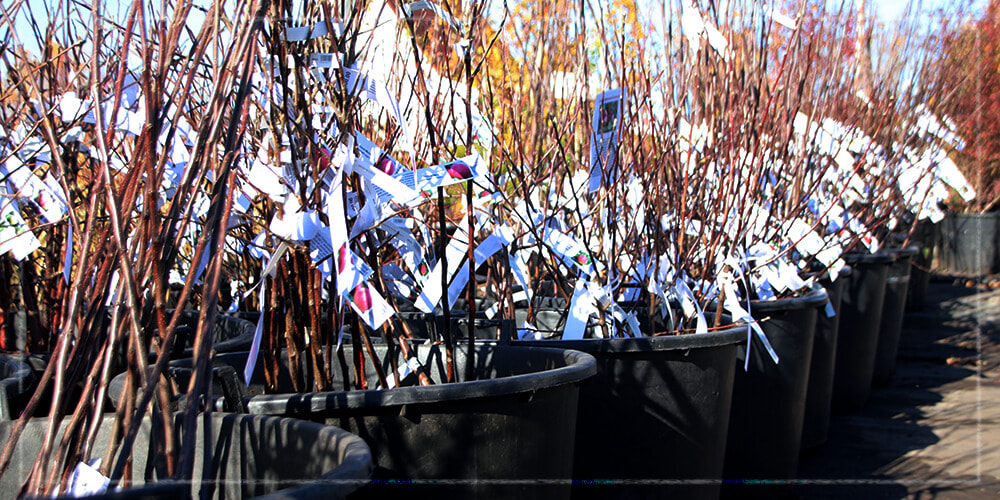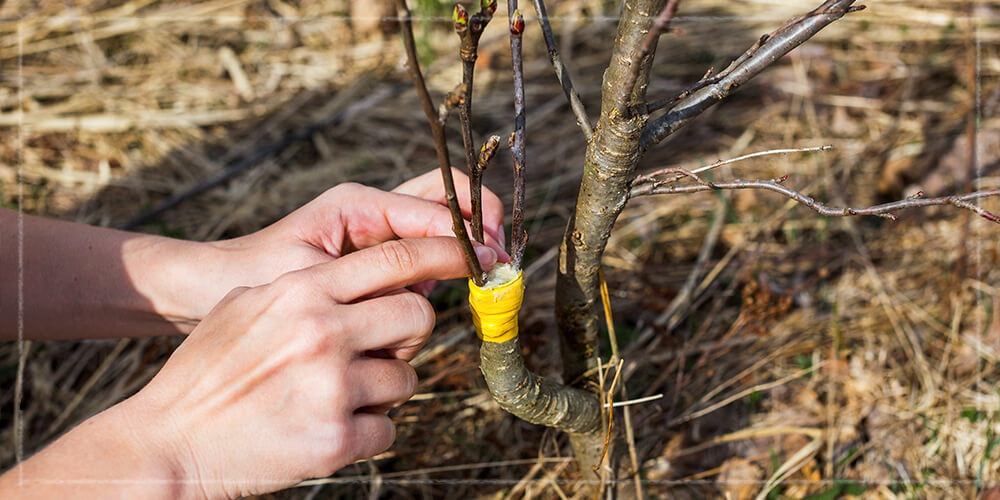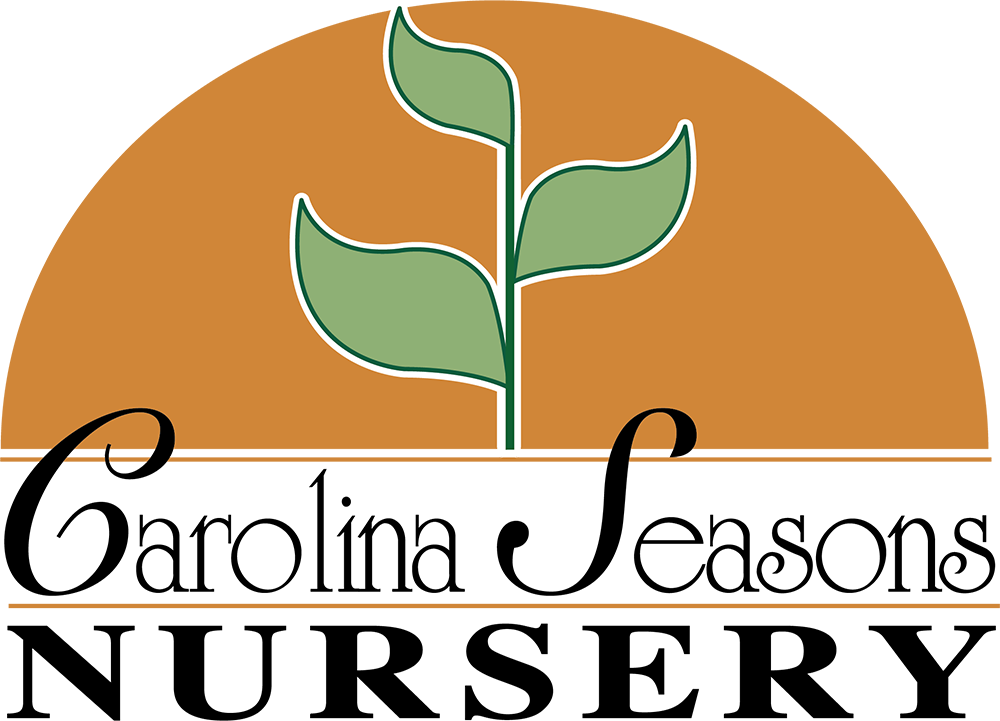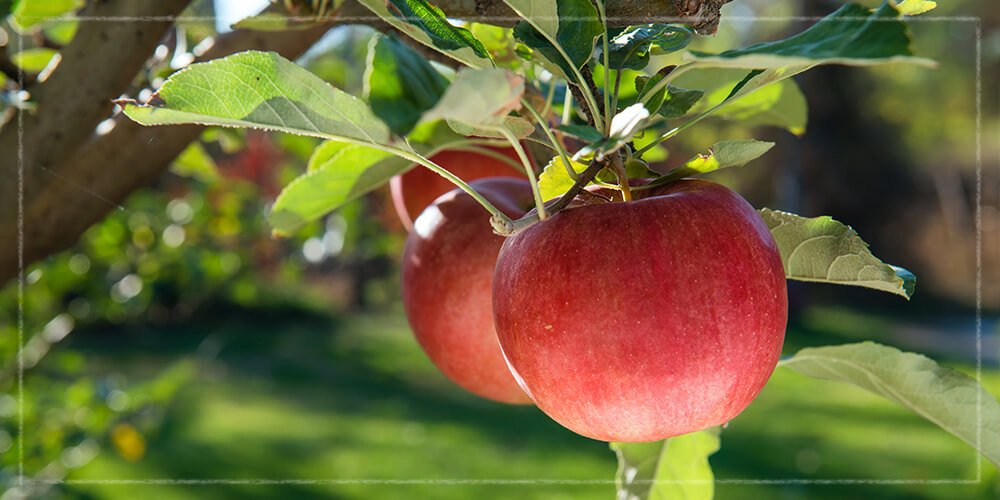If you are hoping to become a budding fruit tree grower of the apple variety, you’ve probably heard about rootstocks by now. While the idea of planting a seed right from an apple may seem dreamy and appealing, in actuality, it’s not quite that simple! Growing a fruit tree of any kind from seed can take upward of eight years before it will start producing fruit. Furthermore, it’s just generally not how apple trees are typically grown.

The Ultimate Guide to Apple Rootstock
Apple trees are grafted (or fused) onto a rootstock that helps determine the size and strength of your tree once it has reached maturity. Grafting is a practice that has occurred for thousands of years. More recently, immense amounts of research have resulted in a list of the apple rootstocks believed to provide the best results. The online world is full of lots of complicated information, which is why we put together this guide to help you navigate your way to a better understanding of apple rootstocks.
So What Is a Rootstock Anyway?
In simple terms, “rootstock” refers to the base of a tree, including the roots and trunk, that a scion (or the flowering or fruiting part of the tree that you see above ground) is grafted to. For the grafting process to be successful, the rootstock and scion need to be fairly close relatives. Rootstock varieties can come from a few different places: naturally growing trees, plant mutations, or genetically bred. When a “successful” rootstock is identified, it is cloned so that it can be used over and over again! In addition to determining your tree’s size and strength, apple rootstocks are also selected based on attributes like their level of disease resistance, cold hardiness, and the type of conditions they can thrive in.

What Is The Best Rootstock for Apple Trees?
When it comes to determining what the best rootstock is, there are a lot of factors to consider! What is ideal for one grower may be different for another. There are so many different rootstock variations that have been scientifically studied, bred, and established over decades. But, for the sake of simplicity in our guide, we are going to focus on some of our favorites that you can pick up at Carolina Seasons.
B9: This is what one would consider a “dwarfing” rootstock. As we mentioned earlier, rootstock variations determine the size and strength of an apple tree, and a B9 rootstock will limit the size of the tree to about 10 feet once it reaches maturity. While they are resistant to root and collar rots, they prefer a well-draining planting site and require permanent staking. The B9 rootstock produces a tree that is resistant to fire blight. B9 is also called Bud 9 which is short for Budagovsky 9.

M111: This is a vigorous semi-dwarfing rootstock that produces a tree that grows to about 85% of a standard-sized apple tree. They are considered one of the more adaptable of all rootstocks; they are quite winter hardy, have a fairly shallow-spreading root system, and are relatively drought tolerant. They are also resistant to woolly apple aphid, collar rot, root rot, and fire blight. Trees grown from an M111 rootstock will bear fruit at a relatively young age. The M111 rootstock is also known by the names MM111 and EMLA 111.
M106: An M106 rootstock is another semi-dwarfing variety that will produce a tree that is about 70% the size of a standard apple tree. They are quite productive and do not usually need staking. They should not be planted in wet spots due to their susceptibility to root rot. Rather, if you are looking to plant a tree in your backyard and go with an M106 rootstock variety, be sure to select a location with well-draining soil. Trees on the M106 rootstock are resistant to wooly apple aphid and show some resistance to fire blight. The M106 rootstock is also known as MM106 and EMLA106.
Selecting and growing an apple tree might seem overwhelming at first, but we hope this guide has helped break down some of the general mysteries in the beginning stages of that process. If you’ve still got questions, pop into our nursery, and one of our experts would be happy to help start you on your journey toward growing and enjoying delicious apples for years to come!

